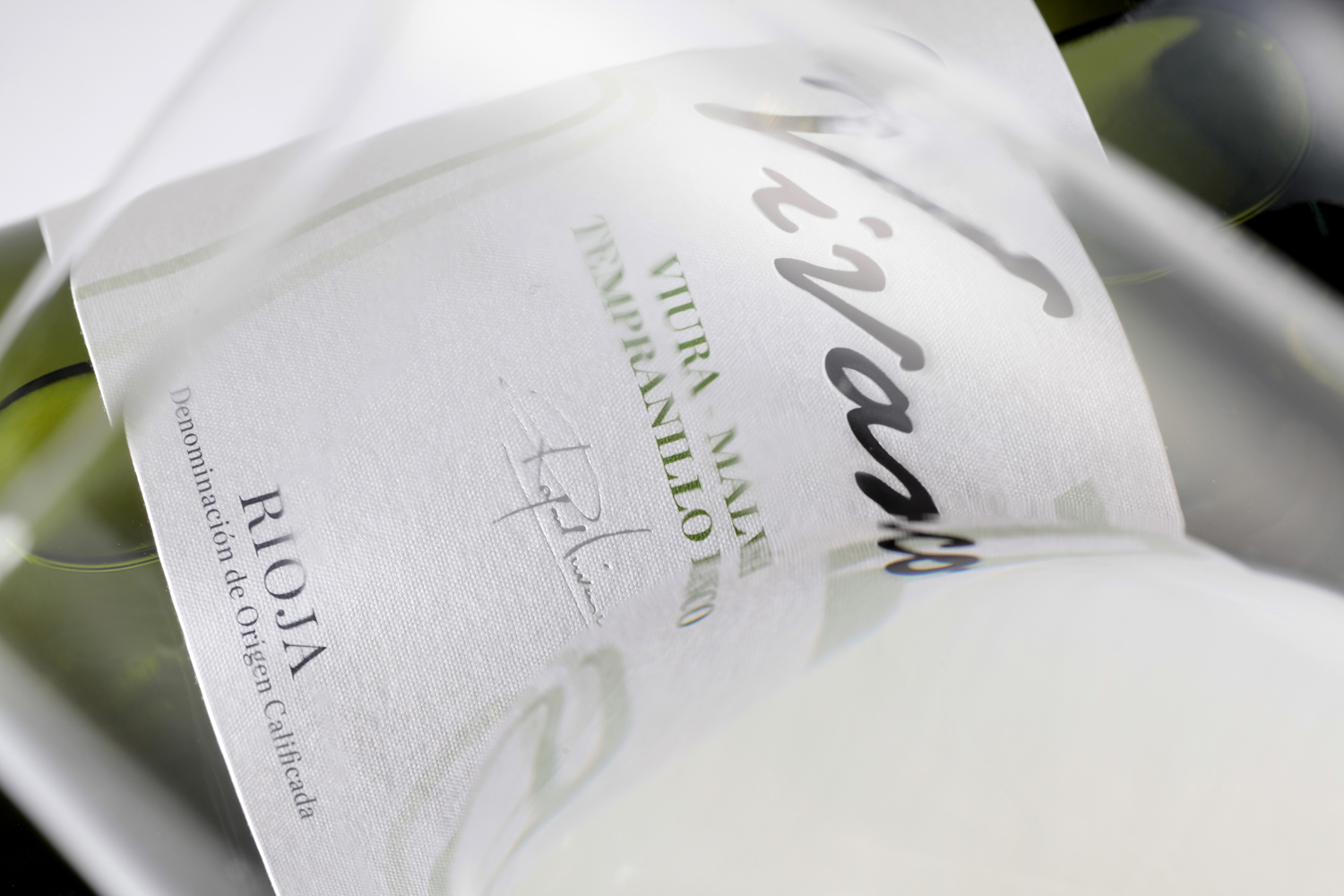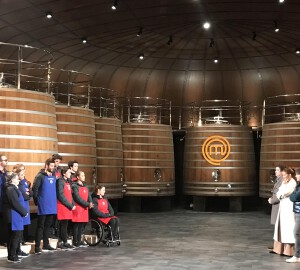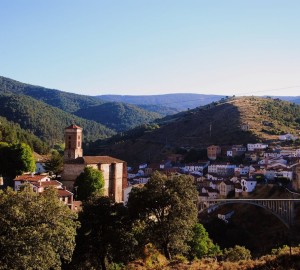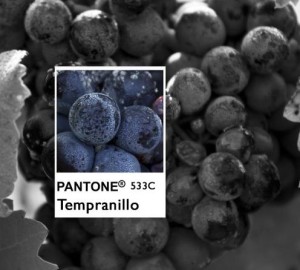During the summer and with the high temperatures that we have to endure during this season, it seems that when it comes to tasting a wine, a white wine is more appealing. It is logical: these wines are usually served at much lower temperatures than red wines, and besides, they are usually lighter and more refreshing wines. But the world of white wines is very extensive and there are wines suitable for drinking at any time of the year and in any situation. Therefore, today we are going to discover the main differences between the main types of white wine we can find on the market, trying to establish a classification according to their characteristics.
As we saw in the article on process of elaboration of the wines from the banks and rosé winesthe main difference between these wines and red wines lies in the type of grapes used in their vinification. To make white wines, white grape varieties and red grape varieties whose pulp and musts are white are generally used. Moreover, the contact of the skins with the must during maceration is non-existent, or in any case, only a few hours. Temperature control during the whole winemaking process is another key factor in the production of white wines. In this way, and including certain variations in this winemaking process, an innumerable number of different white wines are obtained. In order to try to come up with a classification that can encompass the majority of white wines produced today, we will focus on 3 determining factors: the concentration of carbonic gas in a wine; the sugar content and, above all, the variety or varieties of grapes used in its production.
According to carbon dioxide content
During the fermentation of the must, the sugar present in the grapes is transformed into alcohol by the action of different yeasts. The by-product of this reaction is CO2, or carbon dioxide gas. In addition, the production process of certain types of white wines includes second fermentations, during which the amount of gas in the final product is increased. It is even possible to add more CO2 to the wine artificially. Depending on the amount of gas in the wine, we can speak of:
Still wines
These are white wines that do not have an appreciable level of carbon dioxide gas during tasting. We could say that they are "normal" white wines, in the sense that they are not sparkling.
Sparkling wines
These are wines with a certain amount of carbon dioxide gas in their composition. To differentiate between them, we use the level of pressure exerted by the gases dissolved in them. We can differentiate between:
- Sparkling wines. The carbonic gas they contain is at a pressure of between one and two atmospheres.
- Pearl wines. These are wines whose gas content is between two and three atmospheres of pressure.
- Sparkling (properly speaking). The pressure of their dissolved gases exceeds 3 atmospheres of pressure, which favours the formation of foam when they are served in a glass. This is the case of sparkling wines such as champagne and cava, whose high gas content is the result of a second fermentation of the wine once it has been bottled, which is why they are considered traditional sparkling wines. However, sparkling wines also include other wines of lower quality in which the carbon dioxide content is added industrially at the time of bottling. The latter are known as carbonated sparkling wines.
Depending on sugar concentration
Similarly, we can classify white wines according to the concentration of sugar they contain, something that will notably mark the personality of each wine. In most cases, this sugar is already present in the grape, and after fermentation, part of it is transformed into alcohol. In this way, by controlling the duration of fermentation, the sugar content of the final product can be controlled. In other cases, sugar is added during winemaking to obtain higher levels of sweetness or alcohol. Depending on the level of sugar present in a wine, we can speak of:
If they are still (non-carbonated) wines:
- Dry wines. They have a sugar concentration of less than 5 grams per litre.
- Semi-dry wines. They have a sugar concentration of between 5 and 30 grams per litre of wine.
- Semi-sweet wines. These are wines with a sugar content of between 30 and 50 grams per litre of wine.
- Sweet wines. These are wines with a concentration of more than 50 grams per litre.
If we are talking about sparkling wines:
- Brut nature. Sparkling wines with 3 grams or less of sugar, which is naturally present, with no added sugar.
- Extra brut. They can have up to 6 grams of sugar per litre.
- Brut. Up to 15 grams of sugar per litre.
- Extra dry. They have a concentration of between 15 and seventeen grams of sugar per litre of wine.
- Semi-dry. Wines with a concentration of between 15 and 30 grams per litre.
- Dry. Wines with a sugar content of 30 to 50 grams per litre.
- Sweet. Those whose sugar content exceeds 50 grams per litre of wine.
According to the grape varieties used in the production process
If the vinification process by which the wines are obtained is decisive when it comes to producing drier wines, sweeter wines or wines with different levels of gas concentration, the grape variety or varieties chosen to produce these wines is the most determining factor when it comes to determining the character of a white wine. Below, we will see some of the most common varieties used to produce the majority of white wines on the market and the typical characteristics they impart to a wine.
Chardonnay
Chardonnay is a white grape variety originating from the Burgundy region in France. Since then, its use and cultivation has spread and, nowadays, it is produced in most of the world's wine producing countries. It is probably the most widely cultivated white grape variety and gives wines made with it a fairly neutral flavour and aromas, which is positive when it comes to appreciating the influence of the terroir on the aromas. Moreover, in the wines made with this grape it is normal to be able to differentiate citric and fruity nuances. It is traditionally used to make all kinds of wines, from still wines to traditional sparkling wines such as champagne or some types of cava. Most of the wines produced by Chardonnay are fruity and fresh, so they usually pair well with white meat dishes or fish with intense flavours.
Sauvignon blanc
Originally from the Bordeaux region of France, this grape variety is the second most widely produced grape variety in the world. The wines it produces tend to be dry and more acidic in character, with hints of spiciness and spices.
Viura
Viura, also known as Macabeo especially in Catalonia, is the white grape variety par excellence of La Rioja. It is mainly used in the northern half of Spain for the production of white wines, both young and from crianza, as well as for the production of cavas. The wines produced from this variety are well-balanced, fruity and have a floral aroma and a notable level of acidity.
Riesling
This is a German variety, originally from the region along the Rhine river. It is the most cultivated grape in this country, but its production has also spread all over the world. It is the grape most used in the production of Sekt, a typical German sparkling wine. This grape is also used to produce fruity sweet wines and drier wines with a good balance between alcohol content, acidity and sweetness. They often have herbaceous and lemony aromas. These wines are very appropriate to accompany white meat dishes.
Chenin blanc
It is a French variety originating from the Loire Valley region. Wines made with this grape usually have a high acidity, ideal to produce sparkling wines, although it is a very versatile grape that also allows the production of sweet wines and drier wines. The character of the wine produced will depend largely on the climate and the area where this grape is grown. Its versatility is maintained when it comes to food pairing, being the wines in which Chenin Blanc predominates suitable to be consumed with a wide variety of gastronomic options.
Pinot blanc
Pinot Blanc is a type of grape that comes from successive mutations of Pinot Noir, a variety originating from the French region of Burgundy. It produces full-bodied wines and is widely used in the Alsace region for the production of white wines, usually dry, and sparkling wines.
Airén
Also known as Valdepeñas or Forcallat, it is a variety native to Spain and represents 30% of the vineyards in our country. Although its cultivation is almost exclusive to Spain, it is the third most widely planted grape variety in the world in terms of surface area. It is a very neutral grape, which normally produces pale wines, not very aromatic and with low acidity.
Auxerrois blanc
Originally from the French region of Alsace, nowadays it is also grown in Germany and Luxembourg. It is often used in winemaking mixed with other varieties, mainly Pinot blanc, Pinot gris and Pinot blanc.
Gewürztraminer
It is a grape with a pink skin and very aromatic. It has a high sugar content, which is why it usually produces semi-dry wines. The wines it produces are usually very aromatic, so they are perfect to accompany game meats, fatty meats and highly spicy dishes such as Asian or Mexican cuisine. This grape comes from a mutation of the Savagnin blanc variety and is originally from Alsace.
Semillon
Originally from Bordeaux, this grape can produce dry and sweet wines. It is ideal for blending with Sauvignon Blanc. In the wine, it is often possible to find notes of toast, honey, herbs or citrus fruits.
Albariño
This is a variety of wine native to Galicia. The wines made from this grape usually contain a high degree of alcohol and are quite acidic. They are very aromatic, fruity and floral. Normally, they are used to produce young wines and, of course, they are perfect to pair with fish and seafood dishes.
Muscatel
Muscatel is a variety of grapes that includes a multitude of varieties, among which we can highlight the Muscatel de grano menudo, the Muscatel of Alexandria, the Muscatel of Hamburg or the Muscatel ottonel. In general, it is usually used in the production of sweet wines, but it can also be used to produce very aromatic dry wines. This variety gives its name to the Muscatel wine, made from these grapes when they are very ripe, presenting a great amount of sugars in a natural way. They are also used in the production of different types of sweet wines, especially in the southern half of Spain.
These are just a few of the most common grape varieties used to produce white wines around the world. As it is to be expected, the total number of grape varieties that can be used to produce white wines is practically endless and their choice often depends on the production customs of the different parts of the world. Therefore, the offer of white wines on the market is practically endless and there will always be some new wine that we can taste for the first time.

Our proposal, our new white wine Vivanco Viura-Tempranillo Blanco-Maturana Blanca, is a unique white wine in the world, made from the tear must of these grapes, which are macerated separately for 10-12 hours. This process, together with the choice of two grape varieties such as Tempranillo Blanco and Maturana Blanca, both native and exclusive to La Rioja, together with Viura, give the wine a unique aromatic personality, enhanced by a 4-month lees ageing process crianza .
Would you like to try it?



















